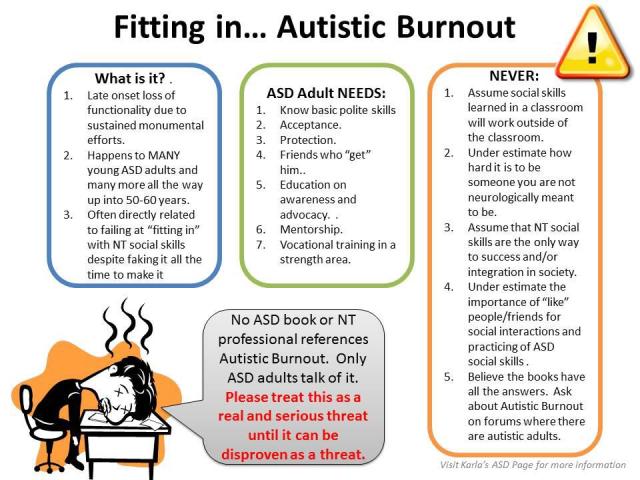
Then push for 35 seconds of breathing on the next day. Give them positive reinforcement for trying. That is entirely normal, but you can build up the time slowly, like stamina.įor example, if your child is practicing their breathing and is only able to focus for 30 seconds, that’s fine. You may have trouble getting your child to participate in these calm and quiet activities at first. This meditation called Spaceship to the Moon is his favorite. He says it helps him block out irritating sensory input such as noises from traffic or other people talking around him.

The webinar presenter recommended these mindful games activity cards.
#Calming an autistic meltdown how to#

If none of that is possible, do your best to remove your childfrom the situation.Įver been extremely upset and had someone say”Calm down?” It probably made everything even worse. If possible and appropriate, remove yourchild’s clothes if they’re contributing to sensory overload. Reducing sensory inputmay seem pretty basic, but it’s bigfor those with Sensory Processing Disorder. Just make sure they’re okay with it by asking something like, “Do you need a hug?” or “Do you want me to rub your shoulders?” If not, hugging or massagingthemmay also help. If you have something like a weighted blanket, use it to cover yourchild. Apply Deep Pressureĭeep pressure therapy is often helpful for kids on the spectrum when they’re in distress. The beauty ofthis exercise is that you can do it while helping your child. Pause for a moment before repeating this ritual. If you feel you’re about to explode, take a deep breath through your nose for four seconds, hold it for two, and let it out slowly through your mouth for six. In order to help your child regulate their emotions, ensure yours are in check. A testy tone or a harsh word during a meltdownmay just fuel the fire by upsetting them even further.

Kidscan often pick up on their parents’ negative emotions. (Hint: manyof thesetips can also help you handleanxiety in general!) So what do you do when they strike? Here are seven actions you can try taking.

Sure, you can do your best to prevent meltdowns, but that’s not always feasible. They’re not only frustrating but also heartbreaking you love your child more than life itself, and watching them in such a heightened state of distressmakes you feel like you’re being ripped in half. If you’re a parent ofa child on the spectrum, you may know how difficult meltdowns can be.


 0 kommentar(er)
0 kommentar(er)
